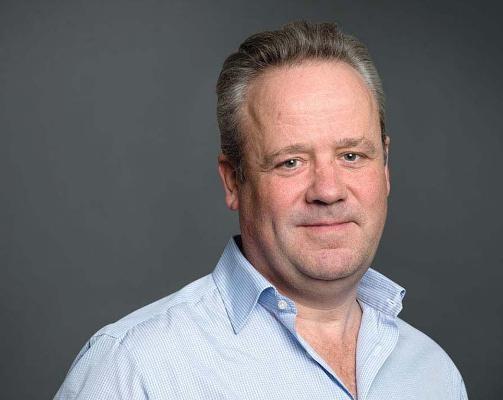The African Energy Forum (AEF) is one of the most important events in the African utilities sector. This year, the AEF’s 20th anniversary, Chris Weston, CEO of Aggreko, shares how he had the pleasure of delivering the welcome address
Reflecting back, this year’s forum provided us with an opportunity to look to the past and the future of energy in Africa. Opportunities abound for a very different future, yet significant challenges also remain.
Bridging the electricity gap
Since 2012, the pace of electrification on the continent has nearly tripled, relative to the previous decade. According to the IEA, in sub-Saharan Africa, electrification surpassed population growth for the first time in 2014.
But big challenges remain, which need to be addressed 600 million people ─ roughly 57 per cent of the population ─ still do not have access to electricity, the largest such concentration of people in the world. This means a lack of power when it is needed most affecting people’s lives, their development and constraining economic growth.
There are already examples of efforts to bridge the electrification gap across the continent. In Rwanda, the Impact Hub in Kigali has launched a nationwide search for new solar energy solutions. In Nigeria, the government has outlined plans to deploy 10,000 new micro-grids.
But this is just scratching the surface ─ there is much further to go before we live in a world when electrification is evenly distributed across Africa.
No decentralisation without decarbonisation
Two trends are converging which look set to drive wider electrification across Africa: decentralisation and decarbonisation.
Decentralisation is an intrinsic characteristic of the African energy market as expanding distribution networks push into ever-more remote areas.
Across the continent we’re seeing an increased demand for more localised energy sources ─ of ten renewable-based ─ and microgrids emerging. This in turn means the need for mass-scale power plants to deliver baseload power through national grids, with all their associated transmission costs, is decreasing.
As more customers become independent from the grid in developed markets, the cost of staying on it will increase and the trend will intensify. In Africa though, we’ll see customers avoid the grid and associated transmission costs altogether, instead going directly to decentralised solutions. We’ve witnessed this first-hand as we work with regional organisations acrossthe continent, including our collaboration with Senelec to provide 37 MW of off-grid power to nine remote sites across Senegal.

Inextricably linked with decentralisation in Africa is the increasing importance of renewables across the continent. As the regulatory environment continues to shift in its favour, and the cost of storage technologies decreases, renewables will really begin to make an impact.
Between 2012 and 2015, around 18 million people used energy produced from renewable sources (particularly large-scale hydropower and geothermal) in sub-Saharan Africa. This is a considerable increase from the 3.5 million people who accessed renewable-based power each year from 2000 to 2012.
Once new renewable sources are built and initial set-up completed, the energy they produce is relatively low cost. However, a big challenge remains. As renewables are intermittent, using them for baseload power requires reliable storage solutions with mobile, fast-start thermal generation as back-up power to be able to provide power stability. These storage solutions are crucial to the renewables mix, but also remain costly as the technology is still relatively new. As the technology develops over time, the associated costs will eventually begin to fall. This decrease in cost will act as a tipping point, with the potential to revolutionise the use of renewable energy sources across Africa and the world.
Decentralised or distributed solutions, using small scale thermal generation, are far more cost effective and more capital efficient, than the larger centralised systems.
This is a key trend that will develop with ─ but also fuel ─ Africa’s growth.
To the future
For energy markets in Africa, the future is arguably more assured and exciting than it has ever been. The trends outlined above, and more, mean it could be a model forthe provision of energy in the changing future. In many African countries there is a genuine greenfield development opportunity, a far cry from the complex, costly upgrades involved in ageing and creaking Western infrastructure.
Conditions are sometimes tough, but this is driving innovation across the region, with a strong competitive element as new ideas are developed and tried at rapid pace.
The AEF was a great example of the types of collaboration that is needed by governments, energy companies and industry leaders alike, to come together to discuss the future direction of energy in Africa and how to tackle it.
It is impossible to predict exactly where this will go next and what energy in Africa will be like in five years, let alone 20. What we can be sure of is that exciting, transformative times lie ahead.





